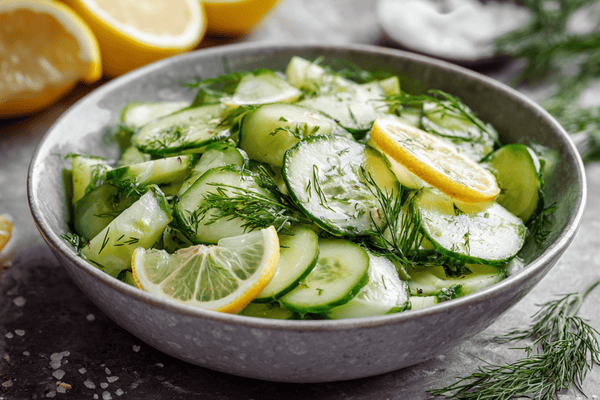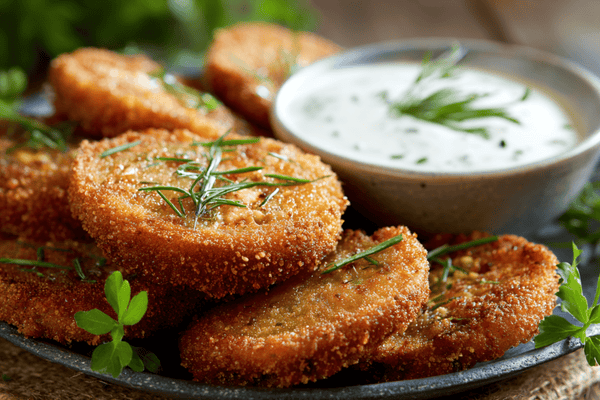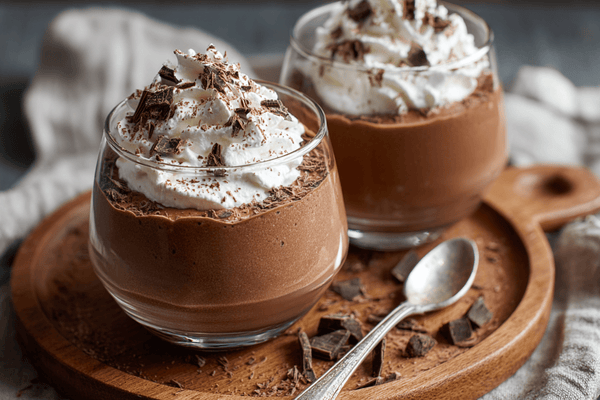
Japanese cuisine is renowned for its delicate and intricate dishes, and the right kitchen tools play a crucial role in creating the perfect meal. When it comes to cutting vegetables, two popular knives stand out - the nakiri and usuba. Both of these knives are designed specifically for slicing and dicing vegetables, but there are key differences between them. In this article, we'll explore the nakiri vs usuba debate and help you choose the right knife for your kitchen.
Table of contents
What is a Nakiri Knife?

A nakiri knife is a Japanese-style vegetable knife with a straight blade that is usually double-edged. It has a rectangular shape, which makes it perfect for slicing and chopping vegetables, as well as crushing garlic and ginger. Nakiri knives are typically lighter and shorter than usuba knives, making them easy to handle and manoeuvre.
What is an Usuba Knife?

An usuba knife is a traditional Japanese knife that is used for cutting vegetables. It has a single-bevel edge, which makes it ideal for precision cuts and delicate slicing. Usuba knives are longer and heavier than nakiri knives, and they are often used by professional chefs and sushi chefs.
Key Differences between Nakiri and Usuba Knives
Here are some of the key differences between nakiri and usuba knives that you should consider when choosing the right knife for your kitchen:
-
Blade Shape: The most noticeable difference between nakiri and usuba knives is the shape of the blade. Nakiri knives have a straight, rectangular blade, while usuba knives have a rounded blade that tapers to a fine point.
-
Blade Edge: Nakiri knives have a double-edged blade, while usuba knives have a single-bevel edge. This means that usuba knives are designed for precision cuts and delicate slicing, while nakiri knives are designed for general slicing and chopping.
-
Blade Length: Usuba knives are usually longer than nakiri knives, which can make them a better choice for larger vegetables and fruits. Nakiri knives are more compact and easier to handle, making them a better choice for smaller or delicate ingredients.
-
Weight: Usuba knives are typically heavier than nakiri knives, which can make them more challenging to handle for some users. However, the weight of the knife also gives it more momentum and power, making it easier to make quick, efficient cuts.
-
Price: Usuba knives are typically more expensive than nakiri knives, due to their traditional craftsmanship and specialized use.
How to Choose the Right Knife for Your Kitchen
When choosing between a nakiri knife and an usuba knife, consider the following factors:
-
Cooking Needs: What type of vegetables and fruits will you be slicing and dicing most frequently? If you're mainly working with smaller or delicate ingredients, a nakiri knife may be a better choice. If you're cutting larger vegetables and fruits, an usuba knife may be a better choice.
-
Blade Length: Consider the size of the ingredients you'll be cutting and choose a blade length that is appropriate for your needs.
-
Blade Edge: Do you need a knife with a double-edged blade for general slicing and chopping, or do you need a knife with a single-bevel edge for precision cuts and delicate slicing?
-
Weight: Consider how comfortable you are with handling a heavier knife, and choose a weight that feels good in your hand.
Price: Consider your budget and choose a knife that fits within your price range. Keep in mind that a high-quality knife can last for years with proper care, so it may be worth investing in a more expensive knife if it meets your needs.
Frequently Asked Questions (FAQs) about Nakiri and Usuba Knives
-
Q:What is the difference between a nakiri knife and a usuba knife?
A:The main differences between nakiri and usuba knives are their blade shape, blade edge, blade length, weight, and price. Nakiri knives have a straight, rectangular blade with a double-edged blade, while usuba knives have a rounded blade with a single-bevel edge. Usuba knives are typically longer and heavier than nakiri knives, and they are usually more expensive. -
Q:Can a nakiri knife be used for precision cuts?
A:A nakiri knife is designed for general slicing and chopping, so it may not be the best choice for precision cuts. Usuba knives, with their single-bevel edge, are better suited for precision cuts and delicate slicing. -
Q:Is a nakiri knife or usuba knife better for slicing vegetables?
A:Both nakiri and usuba knives are designed for slicing and dicing vegetables, so the answer to this question will depend on your specific needs. Consider the size and type of vegetables you'll be cutting, your personal preferences, and your budget when choosing between these two knives.
Overview Table of Usuba Vs Nakiri
| Feature | Nakiri | Usuba |
|---|---|---|
| Blade Shape | Straight, flat cutting edge, rounded tip | Thin and angular, flat cutting edge, rounded tip |
| Blade Design | Optimized for efficient vegetable cutting | Optimized for precise and intricate vegetable cutting |
| Bevel | Double-beveled, symmetrical angle | Single-beveled, asymmetrical angle |
| Blade Material | Carbon steel or stainless steel | Carbon steel or stainless steel |
| Handle | Made of wood, plastic, or other materials | Made of wood, plastic, or other materials |
| Ideal Use | Chopping and slicing vegetables | Precise and intricate cuts of vegetables |
Note: The above table is a general summary and individual knives may vary.
Conclusion
The nakiri vs usuba debate comes down to personal preference and specific cooking needs. Both nakiri and usuba knives are excellent choices for slicing and dicing vegetables, but they have distinct differences in terms of blade shape, blade edge, blade length, weight, and price.
Consider your cooking needs, budget, and personal preferences when choosing between these two knives, and choose a knife that feels comfortable and efficient in your hand.


